Home>Ideas and Tips>Backyard Sport Court Construction for Multi-Game Play Spaces
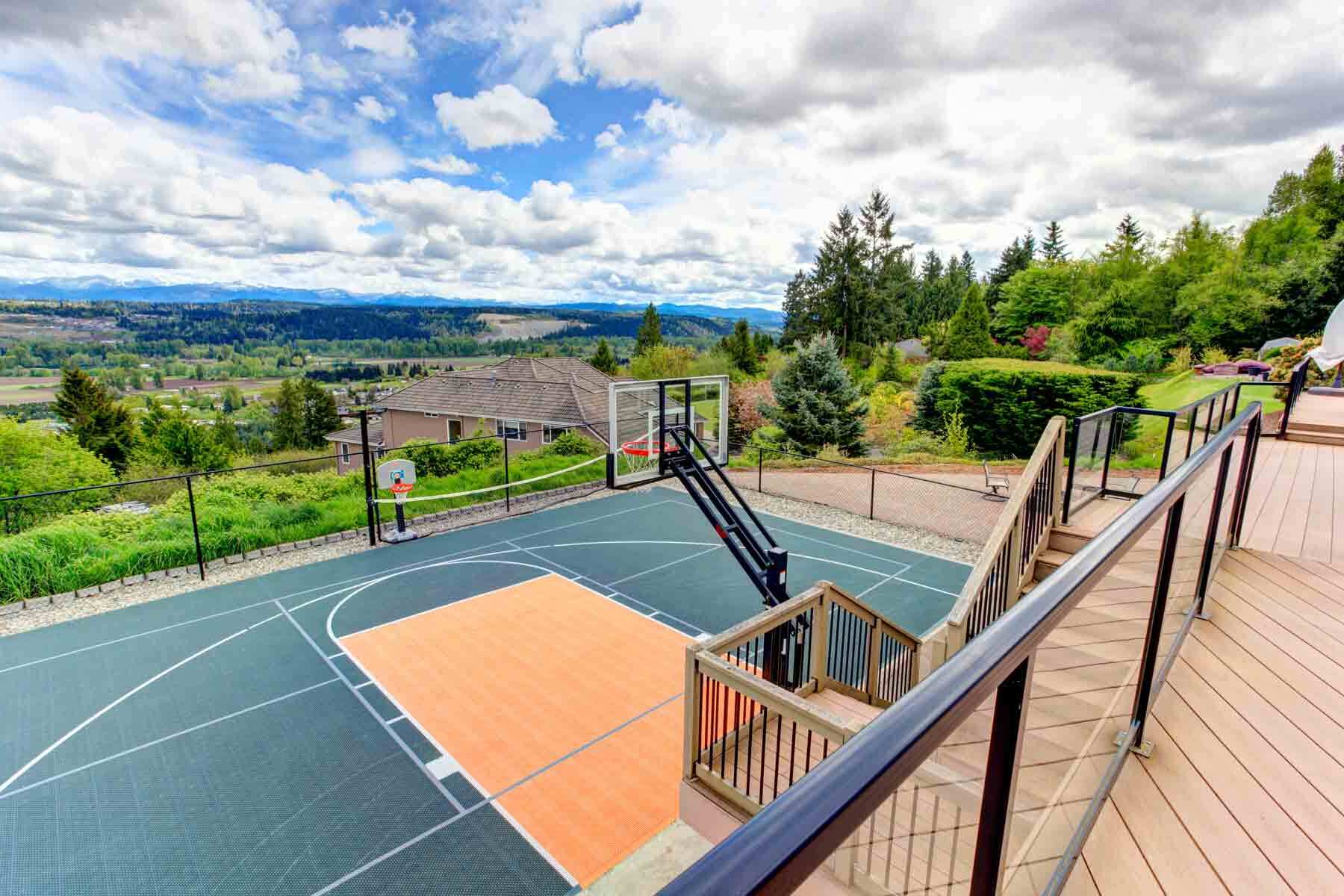

Ideas and Tips
Backyard Sport Court Construction for Multi-Game Play Spaces
Published: September 2, 2024
Transform your backyard with a multi-game sport court. Discover tips for construction, customization, and benefits for your community.
(Many of the links in this article redirect to a specific reviewed product. Your purchase of these products through affiliate links helps to generate commission for Storables.com, at no extra cost. Learn more)
Creating a backyard sport court is an exciting project that can transform your outdoor space into a versatile and engaging area for family and friends. Whether you're a sports enthusiast or simply looking to add value to your property, a multi-game play space can provide endless hours of entertainment and physical activity. In this article, we will delve into the details of building a backyard sport court, including the types of courts, considerations for construction, and benefits for your community.
What Is a Multi-Sport Court?
A multi-sport court is a playing surface designed to accommodate various sports, such as basketball, tennis, pickleball, volleyball, and more. These courts are becoming increasingly popular because they offer a lot of value for the community by providing a space where different generations can come together and engage in physical activities.
Popular Sports for Multi-Sport Courts
-
Basketball: A traditional basketball court is an excellent starting point for your backyard transformation. By installing a regulation-sized or smaller court, you provide a space for both casual and competitive games. A concrete basketball court offers a more permanent and low-maintenance option, ensuring consistent ball bounce and player safety.
-
Tennis: If basketball isn't your primary interest, consider installing a tennis court. Using the same basic principles as a basketball court, you can create a customized tennis court that matches your skill level and aesthetic preferences.
-
Pickleball: Pickleball is a rapidly growing sport that combines elements of tennis, badminton, and table tennis. By installing a pickleball court, you can cater to players of all ages and skill levels while making the most of your available space.
-
Volleyball: A volleyball court can be an exciting addition to your backyard, offering endless hours of entertainment. With minimal construction requirements, a volleyball court can be easily assembled using sand, a net, and boundary lines.
Things to Consider When Building a Multi-Sport Court
Building a multi-sport court can be an exciting addition to a community, but it also requires careful planning and consideration of several factors.
1. Type of Surface
The type of surface you choose will significantly impact the functionality and durability of your court. Common options include:
- Asphalt: A durable and cost-effective option that can be resurfaced periodically to maintain its condition.
- Concrete: Provides a permanent and low-maintenance surface that is ideal for basketball and tennis courts.
- Synthetic Turf: Offers a soft and cushioned surface suitable for sports like pickleball and volleyball.
Each surface type has its own maintenance requirements. For example, asphalt and concrete courts need to be resealed every few years to protect against weather damage, while synthetic turf courts require regular brushing and cleaning to prevent debris buildup.
2. Size of the Court
The size of the court will depend on the sports you plan to play. Here are some standard dimensions for popular multi-sport courts:
- Basketball Court: A regulation-sized basketball court is 94 feet long and 50 feet wide. However, smaller courts can also be built to accommodate younger players or limited space.
- Tennis Court: A standard tennis court requires at least 36.58 meters (120 feet) by 18.29 meters (60 feet), or 668.9 square meters (7,200 square feet).
- Pickleball Court: Pickleball courts are typically smaller than tennis courts, measuring around 20×44 feet.
3. Location of the Court
The location of your multi-sport court is crucial for its functionality and safety. Consider the following factors:
- Sun Glare: Ensure that the court is not facing directly into the sun to avoid glare issues during play.
- Fencing Needs: Install fencing or barriers around your court to prevent balls from leaving the playing area and potentially causing damage or injury.
- Lighting Requirements: Proper lighting is essential for evening games and safety. Choose lighting that is energy-efficient and does not create glare.
4. Budget for the Project
Building a multi-sport court is a significant investment, but it can provide long-term benefits for your community. Set a realistic budget that includes costs for materials, labor, and any additional features like fencing or lighting.
Benefits of Having a Multi-Sport Court in Your Community
Having a multi-sport court in your community offers numerous benefits that extend beyond just providing a space for sports activities.
1. Community Engagement
A multi-sport court can serve as a gathering place for friends and neighbors, encouraging social interaction and community bonding. Host tournaments, pick-up games, or casual playdates to bring people together and foster new connections.
2. Property Value
Installing a multi-sport court can increase the property value of nearby homes and businesses. This is especially true if the court is well-maintained and visually appealing, making your community more attractive to potential residents.
3. Family Traditions
Create lasting memories and family traditions by hosting annual events, such as holiday tournaments or birthday celebrations, on your multi-sport court. These special occasions can strengthen family bonds and create a sense of shared history.
4. Skill Development and Teamwork
Playing sports on your backyard court can help develop physical skills, teamwork, and sportsmanship. Encourage friendly competition and cooperation among players, fostering personal growth and positive relationships.
Customization Options for Your Multi-Sport Court
When designing your multi-sport court, consider the available space and desired activities. Here are some customization options to enhance your court:
1. Court Dimensions and Layout
Choose court dimensions that suit your needs and allow for adequate playing area. Consult with professionals if you need assistance in determining the optimal layout. For example, you might want to include a smaller basketball hoop for younger players or add a volleyball net for another sport.
2. Court Flooring and Colors
Select court flooring that offers durability, performance, and safety. Materials like rubber, synthetic turf, and specialized sports flooring can provide a safer playing surface for all ages. Customize your court's appearance by choosing colors that represent your favorite team or personal preferences. Don't be afraid to get creative with patterns and designs.
3. Additional Elements
Enhance your multi-sport court by adding features like lighting, fencing, or a rebound system. These elements can improve gameplay, safety, and overall enjoyment for players of all ages. For instance, installing a rebound system can help reduce the impact of falls and improve player safety.
Safety Considerations for Your Multi-Sport Court
Ensuring a secure playing environment is crucial for the safety of all users.
1. Surface Material
Choose a surface material that offers adequate grip and cushioning to reduce the risk of injury. Materials like rubber, synthetic turf, and specialized sports flooring can provide a safer playing surface for all ages.
2. Fencing and Barriers
Install fencing or barriers around your multi-sport court to prevent balls from leaving the playing area and potentially causing damage or injury. This added safety measure can also provide privacy and minimize noise for your neighbors.
3. Regular Maintenance
Maintain your court by regularly inspecting the surface for damage, debris, or signs of wear. Promptly address any issues to ensure a safe playing environment for all users. Regular maintenance also helps extend the lifespan of your court.
Transforming Your Backyard with a Multi-Sport Court
A multi-sport court can transform your backyard into an active, fun, and engaging space for family and friends. Here are some steps to help you achieve this transformation:
-
Assess Your Space: Evaluate the available space in your backyard to determine the best layout for your multi-sport court. Consider the size of the court you want to build and how it will fit into your overall yard design.
-
Choose Your Surface: Select a surface material that suits your needs and budget. Asphalt, concrete, and synthetic turf are popular options, each with its own maintenance requirements.
-
Design Your Court: Use online tools or consult with professionals to design your court. Consider adding features like lighting, fencing, and a rebound system to enhance gameplay and safety.
-
Obtain Necessary Permits: Ensure you have the necessary permits and approvals from your city or county government before starting the project.
-
Select a Contractor: Choose a contractor who specializes in building multi-sport courts. This will ensure that your court is built to last and meets all safety standards.
-
Raise Funds: Building a multi-sport court is a significant investment. You may need to raise funds through community events, donations, or grants to cover the costs.
Environmental Considerations
When building a multi-sport court, consider environmentally friendly options to minimize your impact on the environment.
-
Recycled Materials: Use recycled materials for your court construction. This can include recycled rubber or synthetic turf made from recycled plastics.
-
Energy-Efficient Lighting: Choose energy-efficient lighting options for your court. This not only reduces your carbon footprint but also saves you money on energy costs.
-
Accessibility Features: Incorporate accessibility features like wheelchair ramps or modified playing surfaces to accommodate players with physical disabilities. This inclusive approach fosters a welcoming environment for all participants.
Conclusion
Building a backyard sport court is an exciting project that can bring your community together while providing a safe space for physical activity. By considering the type of surface, size of the court, location, budget, customization options, safety considerations, and environmental impact, you can create a versatile and engaging multi-game play space that will be enjoyed by generations to come.
Whether you're looking to host family gatherings, community events, or simply enjoy some friendly competition with your neighbors, a multi-sport court is an excellent investment for any homeowner. With careful planning and execution, you can transform your backyard into an active hub of fun and community engagement.
References: North State Resurfacing. (n.d.). Everything You Need to Know About Building a Multi-Sport Court. Nesting With Grace. (2022, July 17). Backyard Sports Court- FAQ. Sport Court. (n.d.). Home Multi-Sport Game Courts – Design Your Custom Court. Sportscapers Inc. (2023, May 23). Transform Your Backyard with a Multi-Sport Court. Style by Emily Henderson. (2023, August 22). Farmhouse Backyard Update: All About Our New Sports Court.
Was this page helpful?
At Storables.com, we guarantee accurate and reliable information. Our content, validated by Expert Board Contributors, is crafted following stringent Editorial Policies. We're committed to providing you with well-researched, expert-backed insights for all your informational needs.
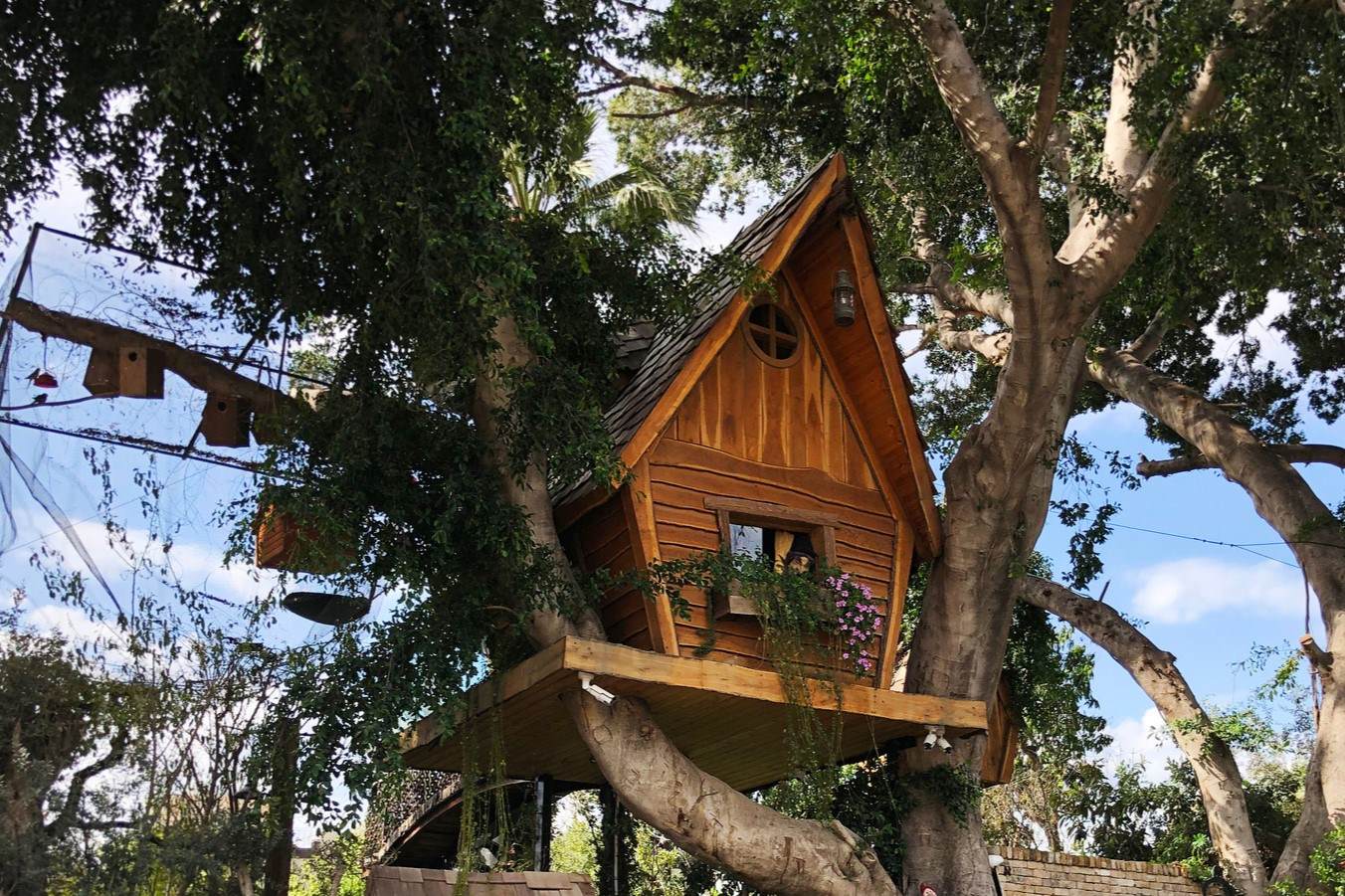
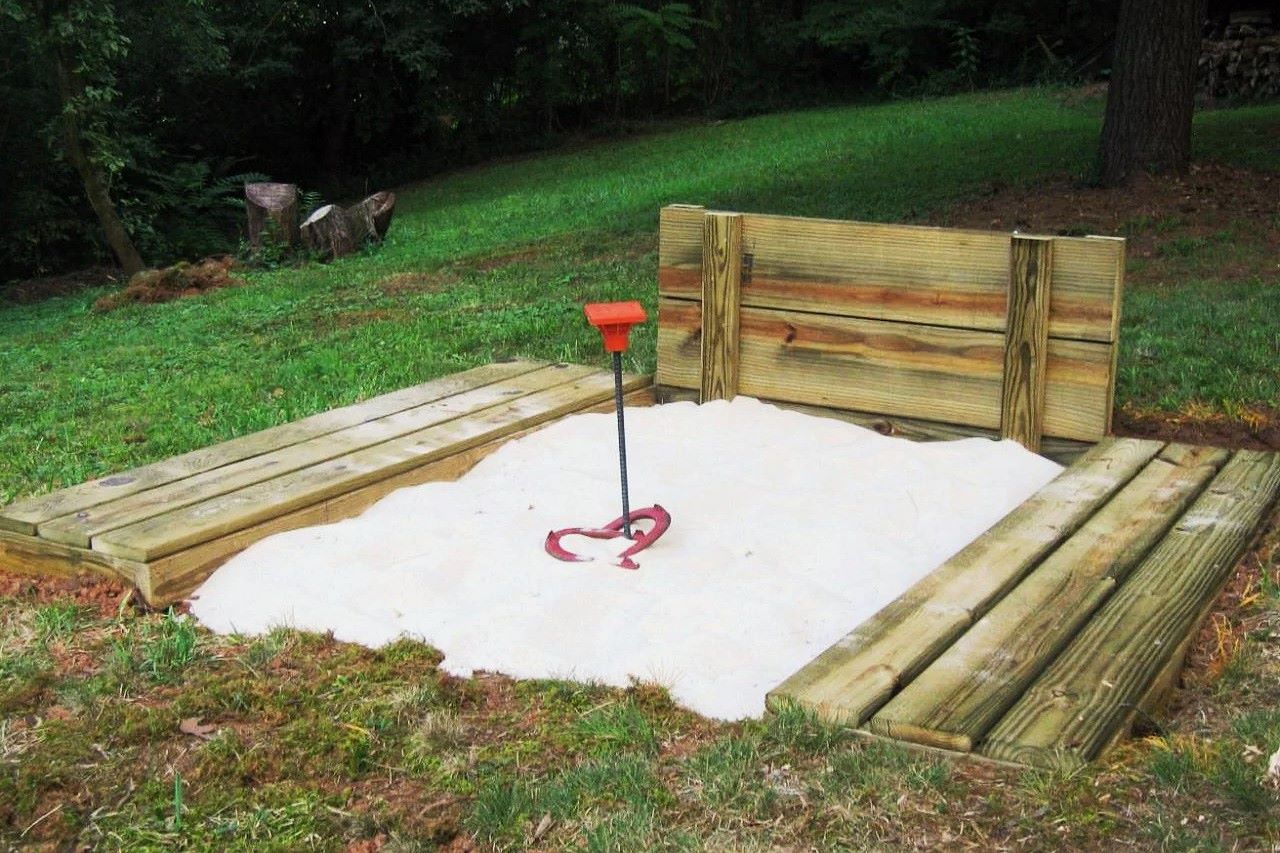
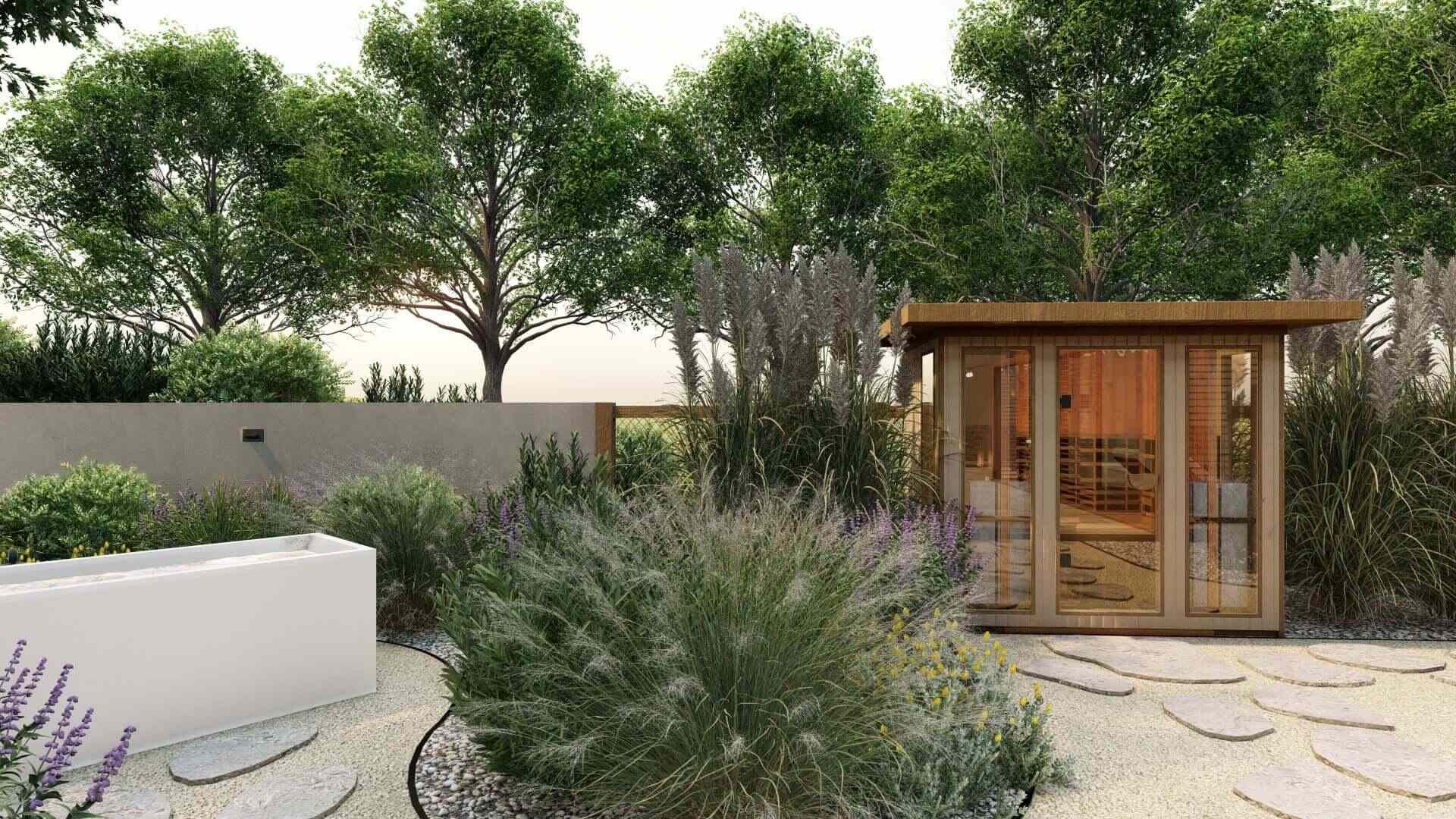
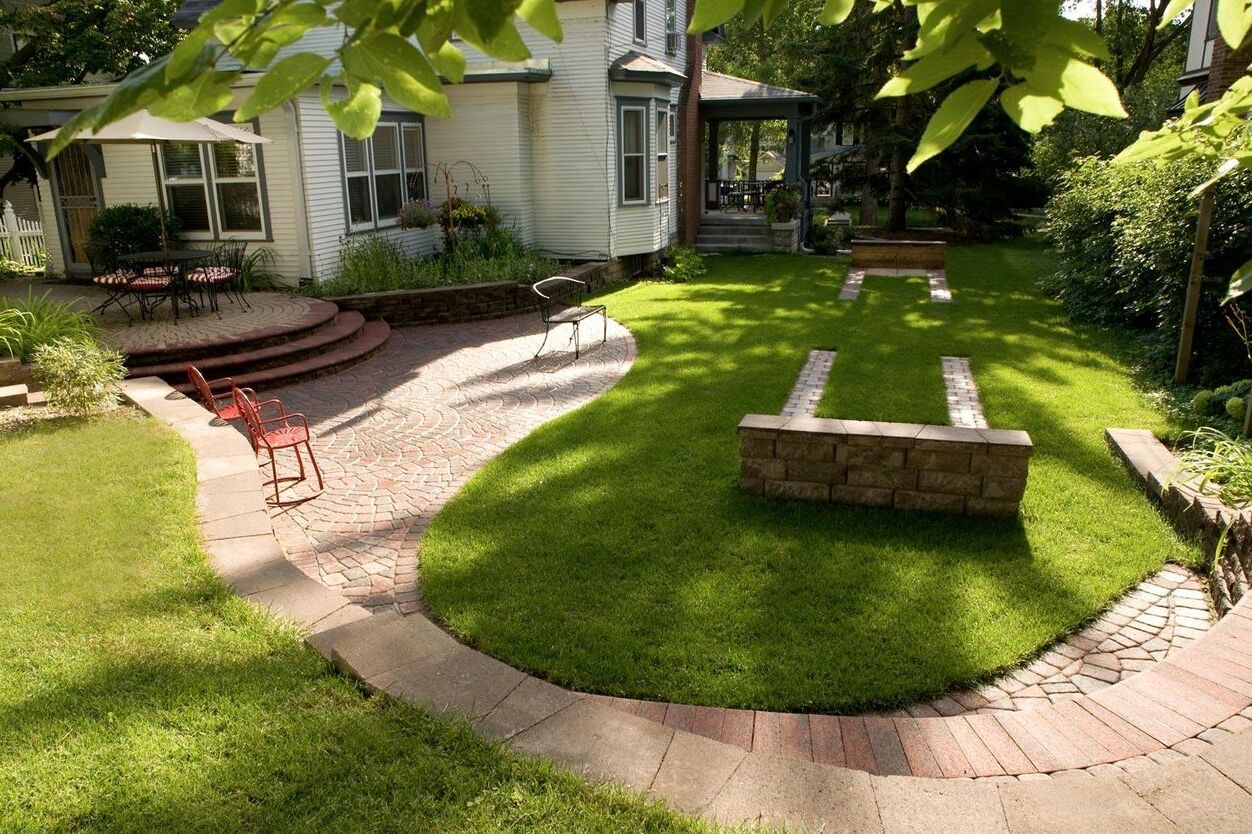
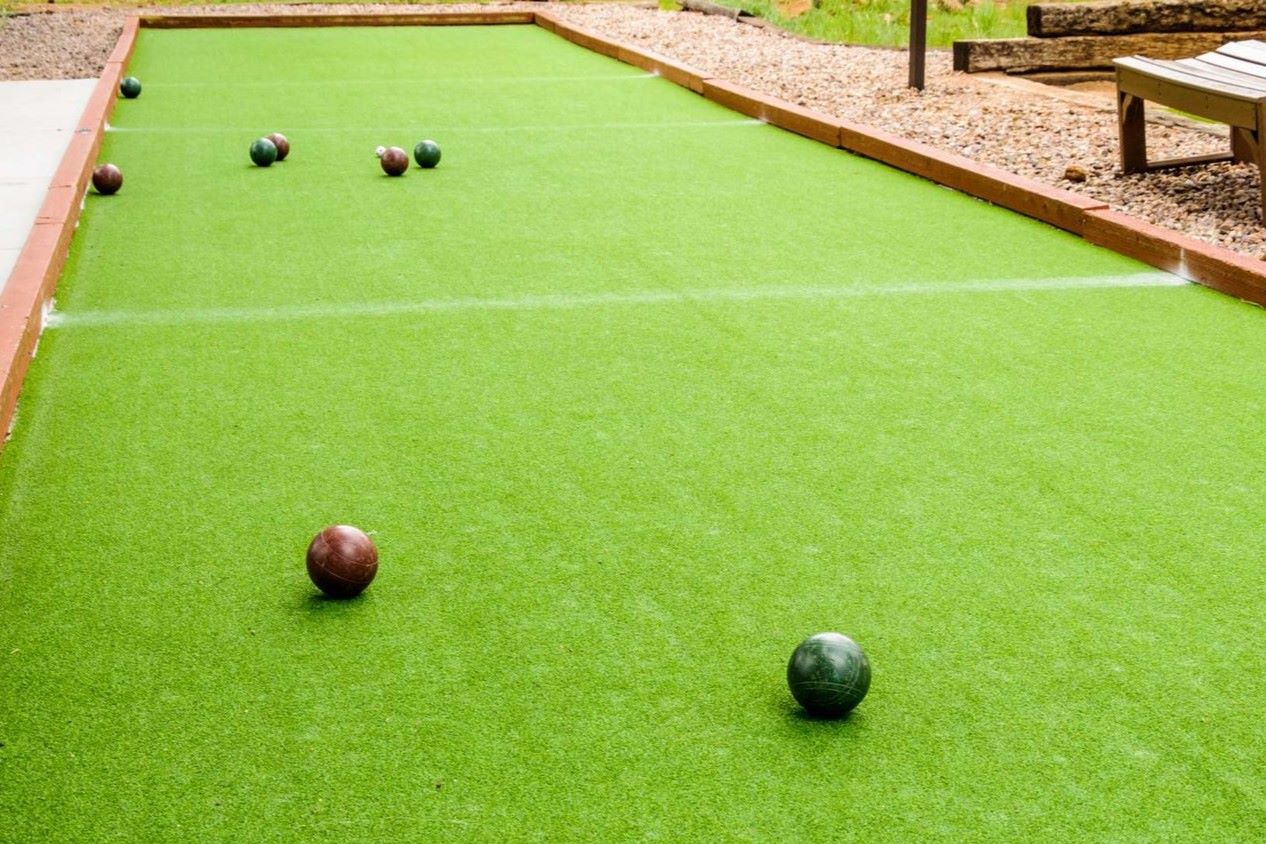
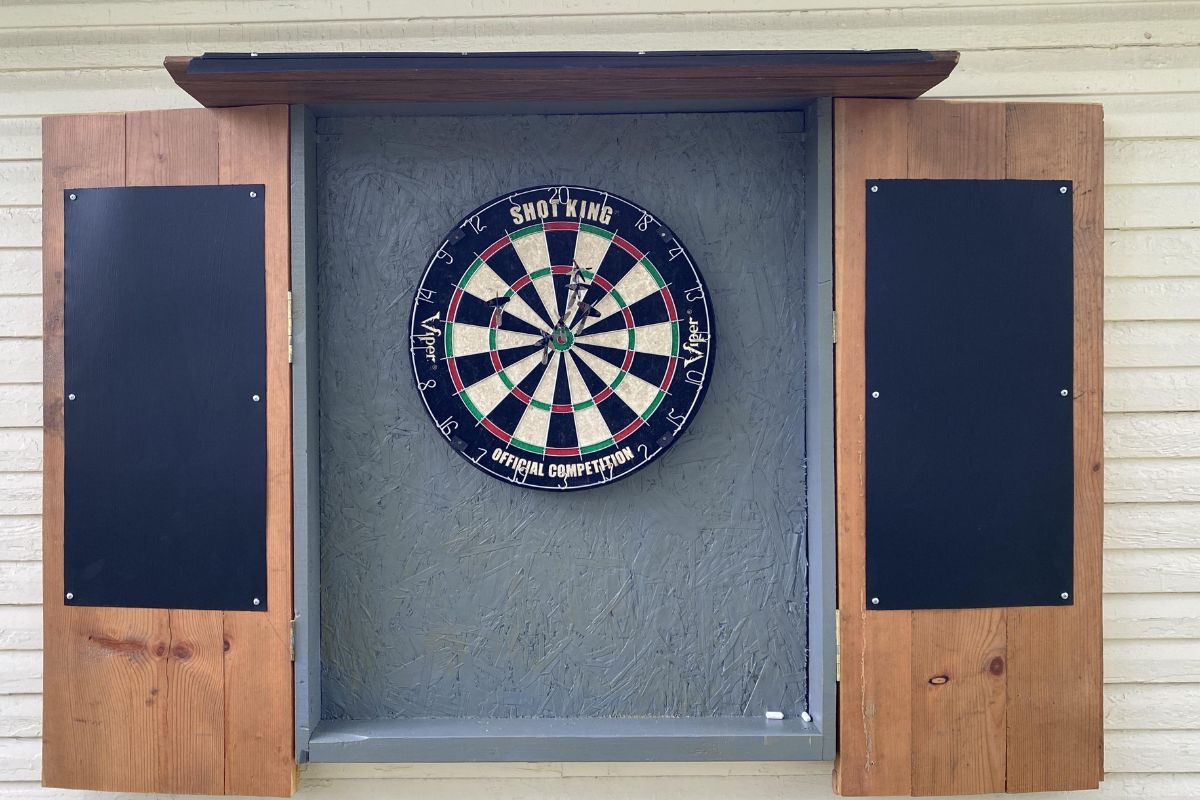
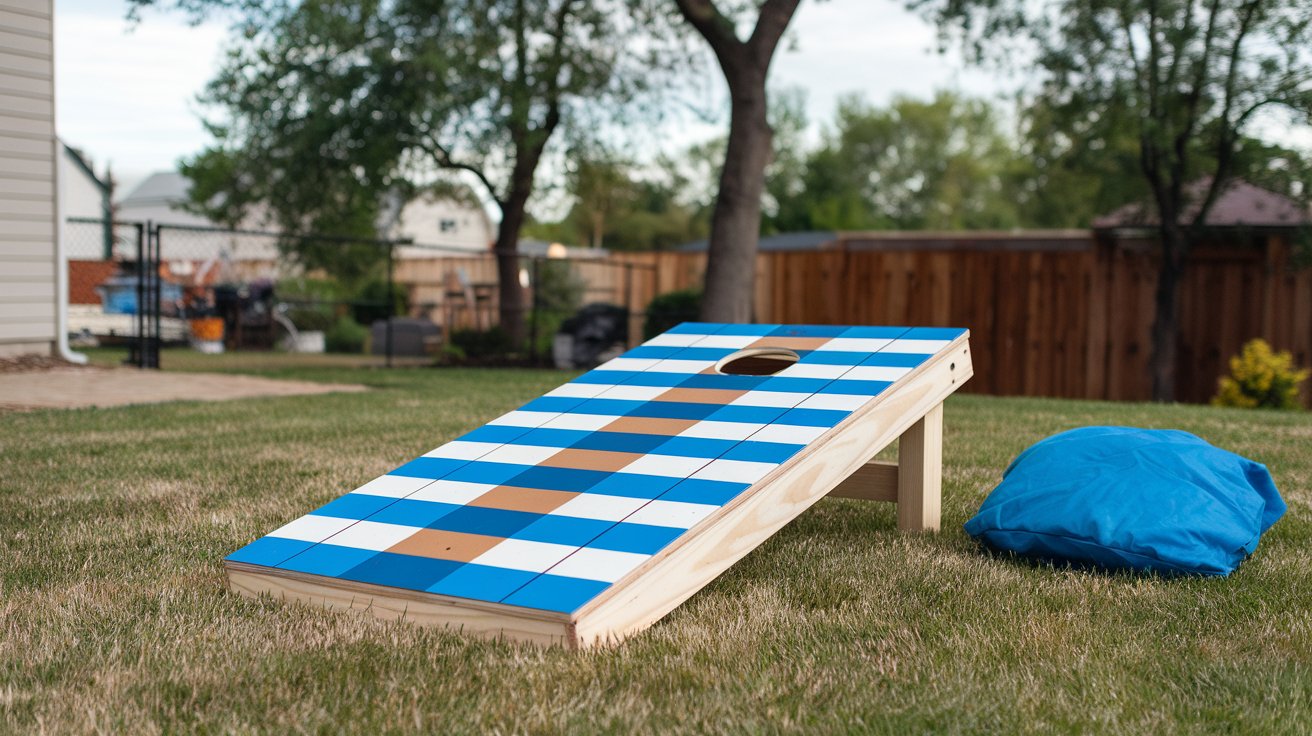
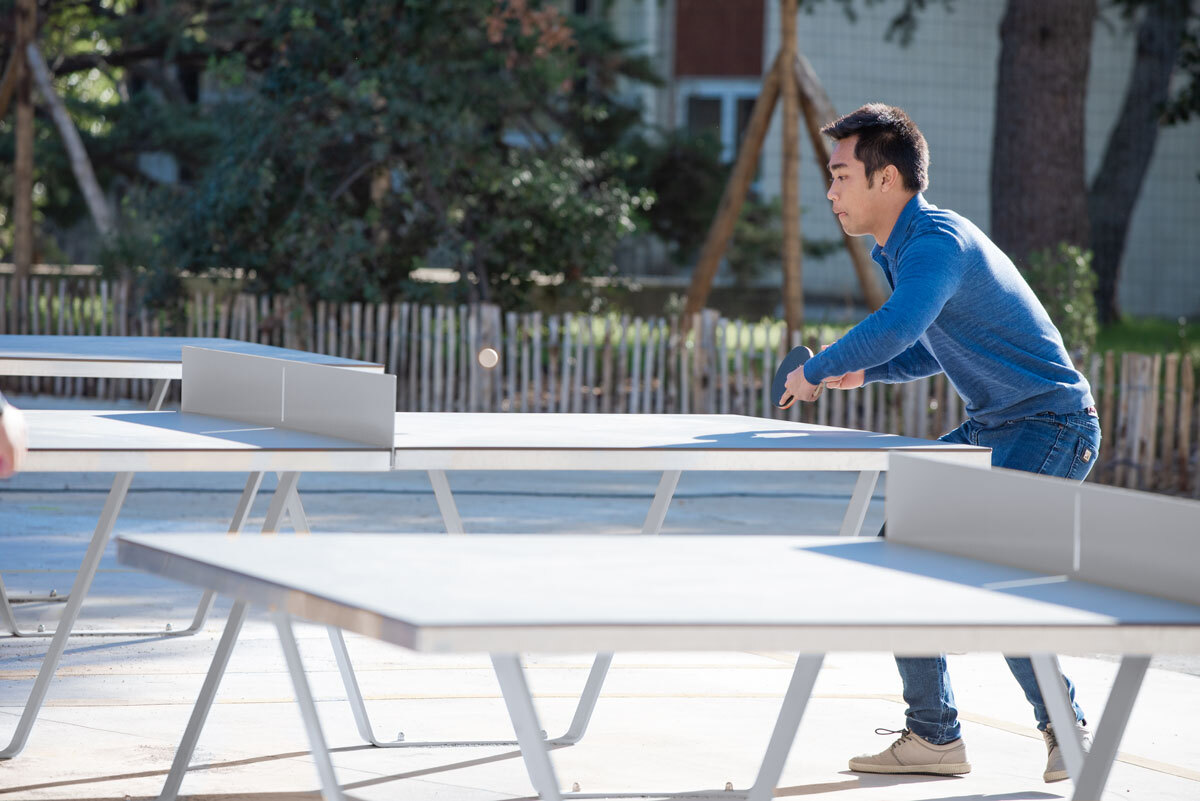
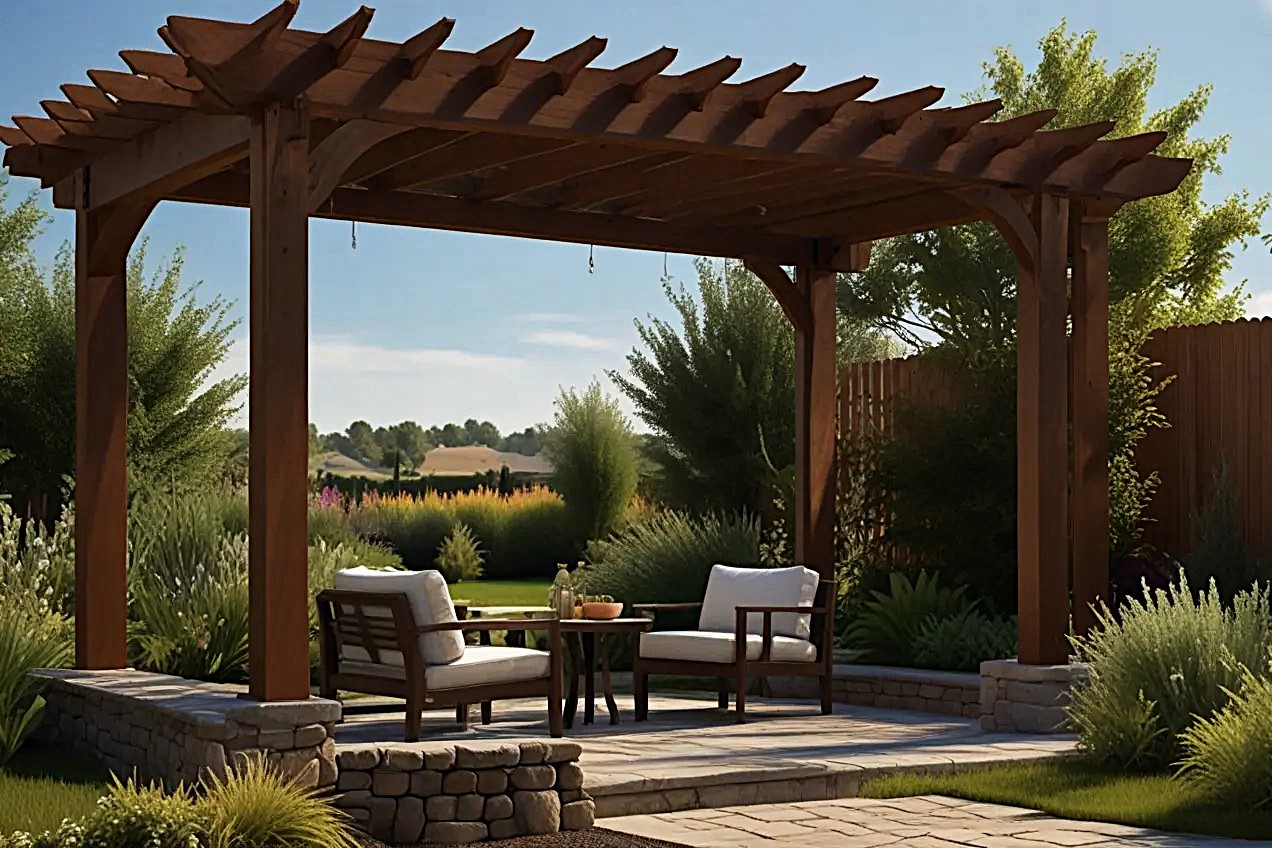
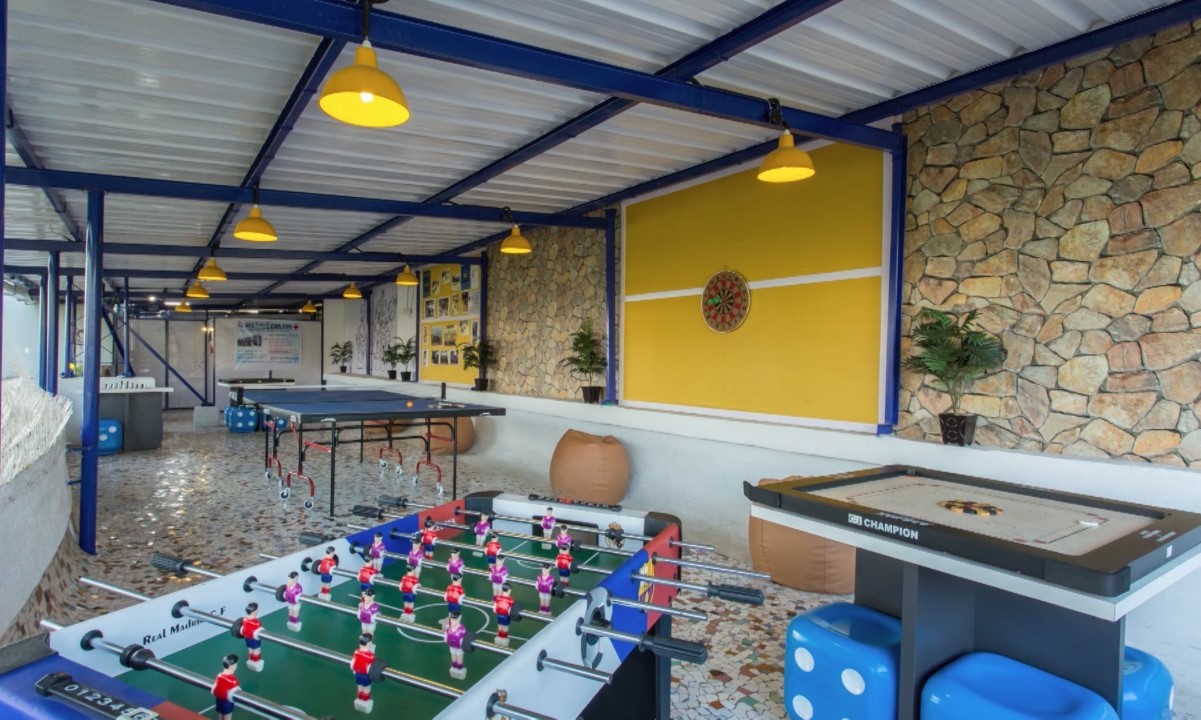
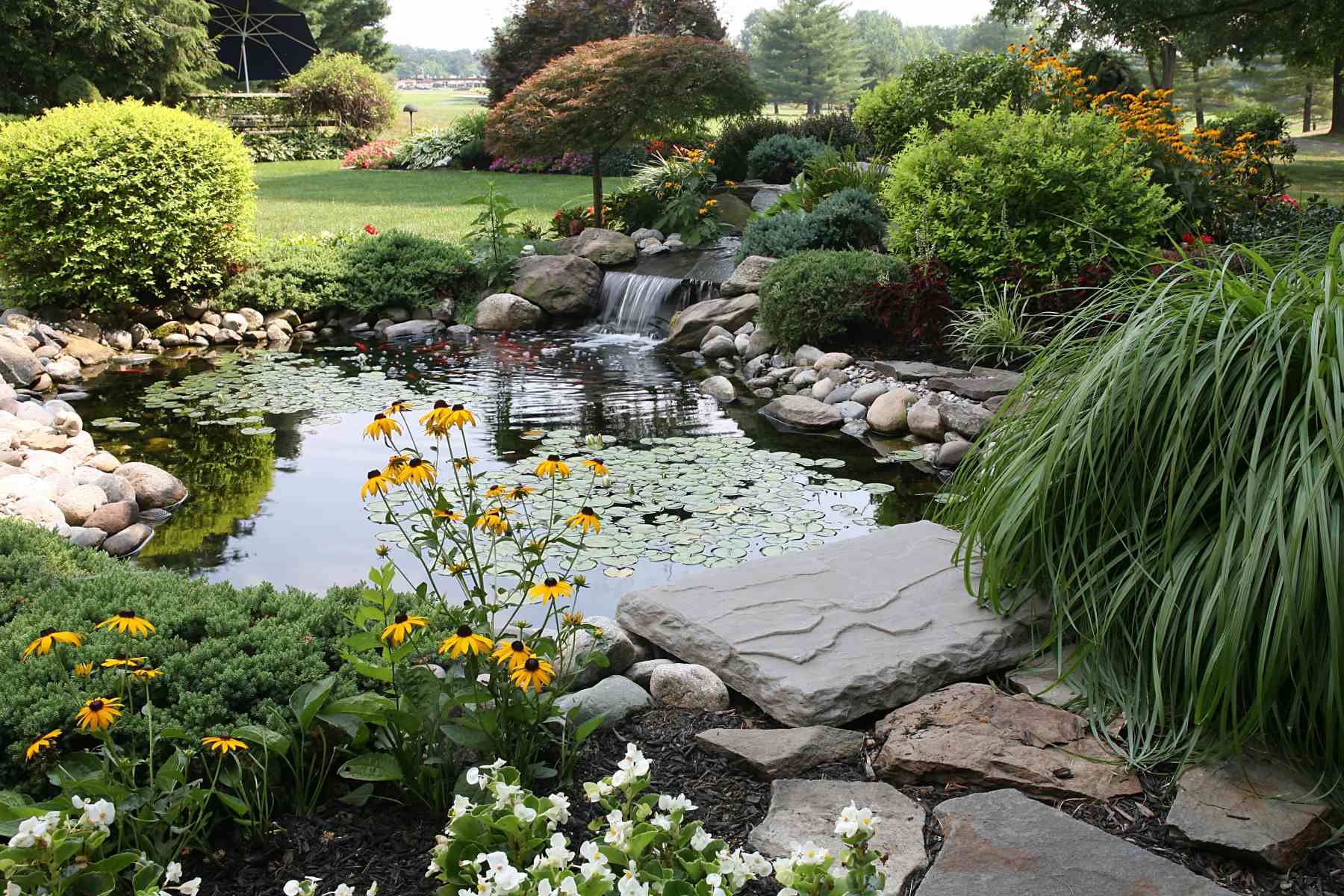
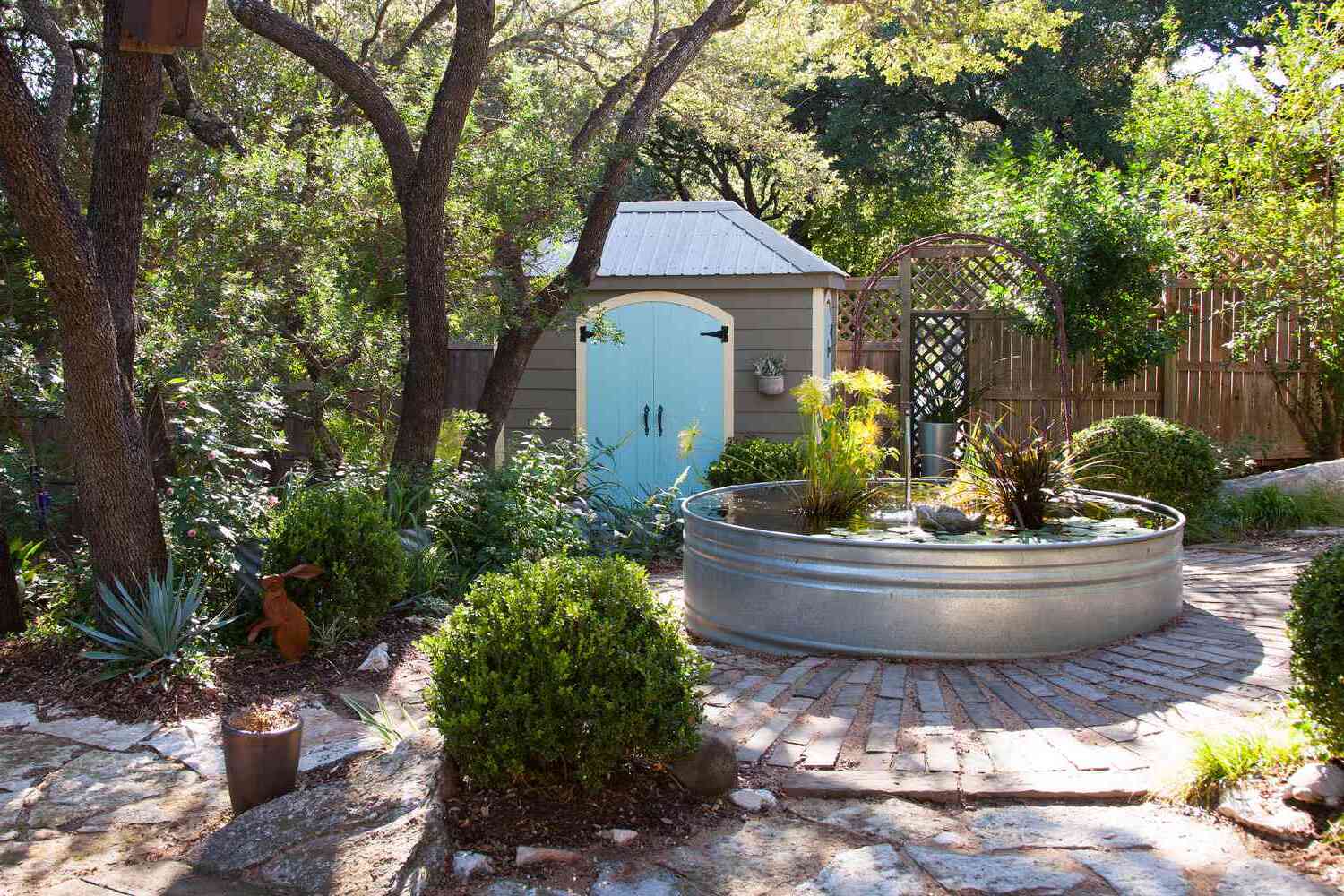
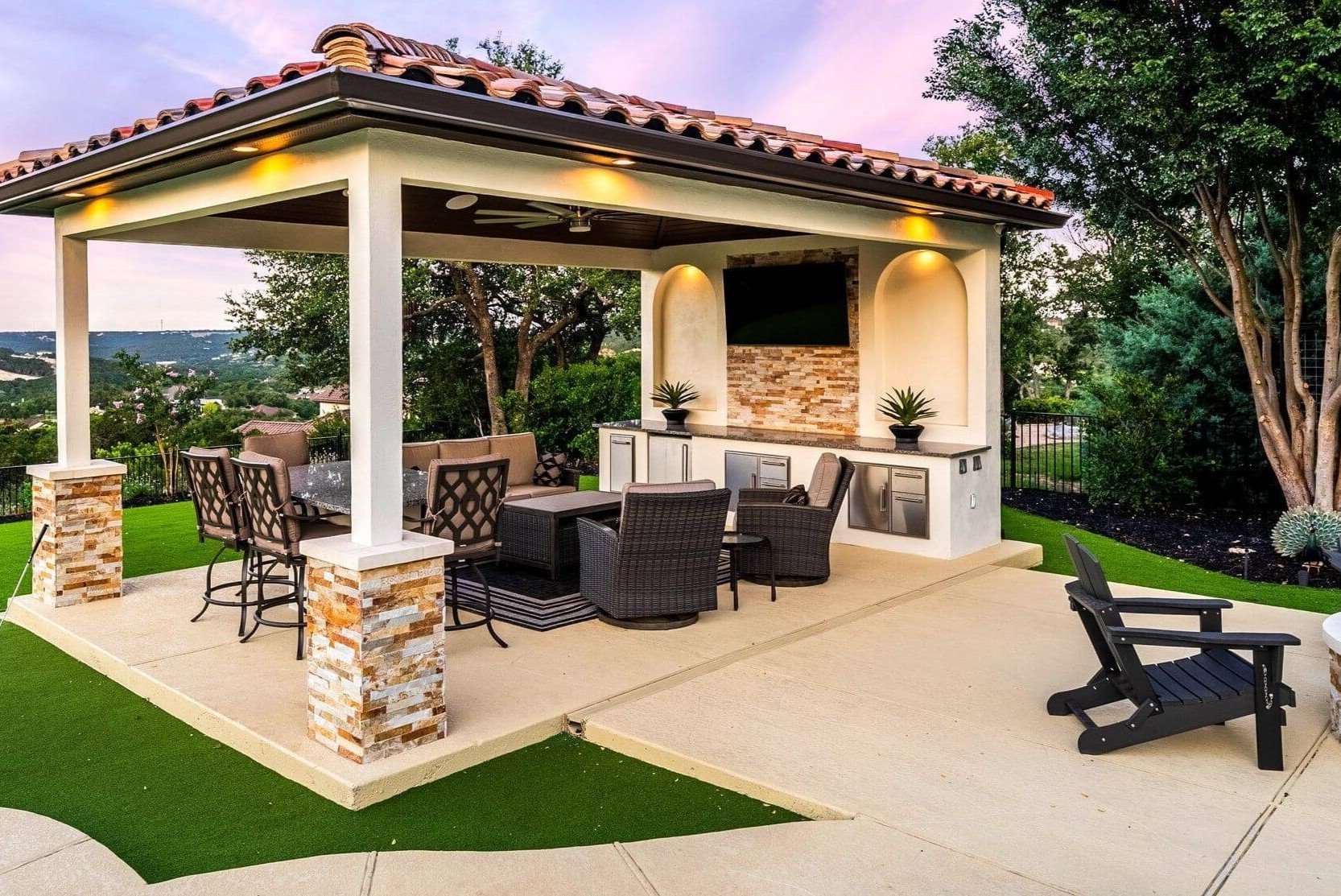
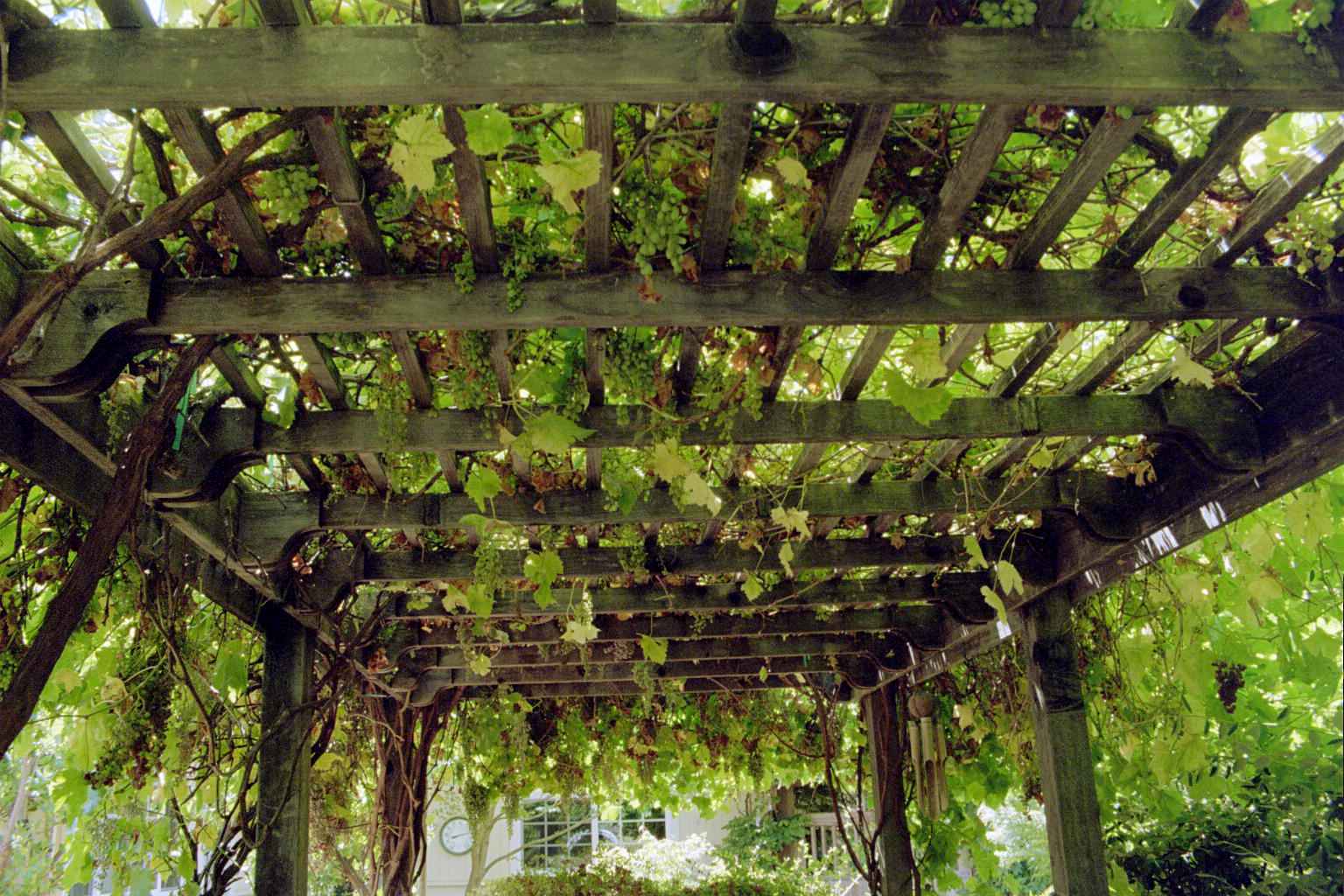

0 thoughts on “Backyard Sport Court Construction for Multi-Game Play Spaces”